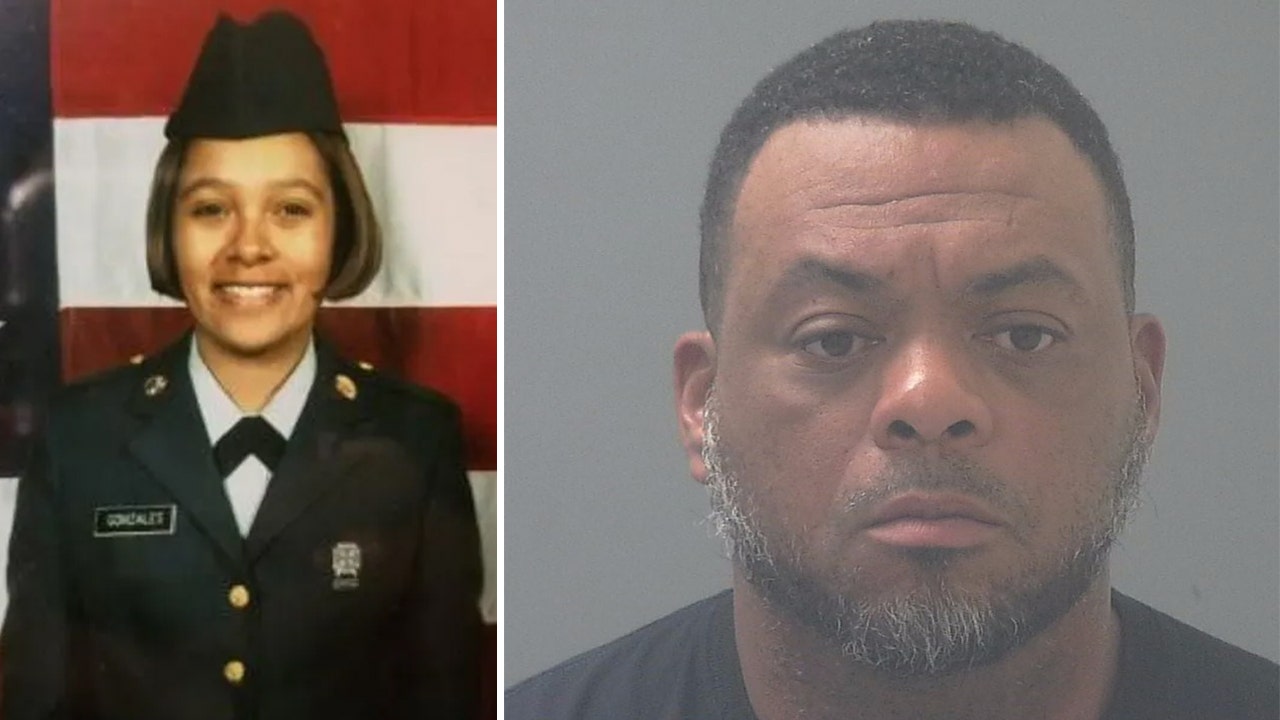Peggy Mellon Hitchcock, the energetic scion of a storied wealthy family who funded Timothy Leary’s psychedelic adventures — and famously helped him find the spot to do so, at her brothers’ estate in Millbrook, N.Y. — died on April 9 at her home in Tucson, Ariz. She was 90.
The cause was a stroke, said her daughter Sophia Bowart. Ms. Hitchcock had been suffering from endometrial cancer.
Timothy Leary hadn’t yet been thrown out of Harvard for his experiments with psychedelic drugs when he met Ms. Hitchcock one weekend at the apartment of Maynard Ferguson, the jazz trumpeter and bandleader, in the Riverdale section of the Bronx.
“Pretty Peggy Hitchcock was an international jet-setter,” Mr. Leary wrote in his 1983 autobiography, “Flashbacks,” “renowned as the colorful patroness of the livelier arts and confidante of jazz musicians, racecar drivers, writers, movie stars. Stylish, and with a wry sense of humor, Peggy was considered the most innovative and artistic of the Andrew Mellon family” — that is, the descendants of the Pittsburgh industrialist who was secretary of the Treasury under three presidents.
He and Richard Alpert, his comrade in psychedelics at Harvard — who would later split from Mr. Leary and become the guru Baba Ram Dass — were looking for someone to bankroll a summer in Mexico where they would conduct more of the acid tests they had been doing at school. Mr. Leary described it as “a psychedelic summer camp.” Ms. Hitchcock was gung-ho.
As Mr. Leary wrote, they had found their Becky Thatcher.
Summer camp was successful; more trips were had, with only a few minor freakouts, adding more data to Mr. Leary’s studies. Back home, Mr. Leary and Ms. Hitchcock fell into an on-again, off-again love affair. (She described it to Robert Greenfield, Mr. Leary’s biographer, as “a swinging door relationship.”) Ms. Hitchcock had been dating Allen Eager, a jazz saxophonist who was also a heroin addict, Mr. Greenfield wrote, and when her mother heard she was involved with Mr. Leary, she exclaimed: “Oh thank God! She’s going out with a Harvard professor!”
When Mr. Leary and Mr. Alpert’s careers at Harvard blew up in 1963, Ms. Hitchcock found a new home for them and their coterie. Her younger twin brothers, Billy and Tommy, had just bought property in the Hudson Valley village of Millbrook: 2,500 acres of rolling hills and woods with stables and outbuildings and two mansions. The brothers weekended in one, a place they called the Bungalow. The other, half a mile away, was a fanciful, if run-down, turreted 64-room white clapboard confection. They rented it to Mr. Leary for $1 a year, and he soon turned it into a psychedelic palace and research center.
Ms. Hitchcock spent half her time in Manhattan at her Park Avenue penthouse — about which her friend Charles Mingus wrote a song, “Peggy’s Blue Skylight” — and half at Millbrook, roaring up from the city, as Mr. Leary wrote, “in a car loaded with cases of champagne and exotic foods and drinks.” She was not there when G. Gordon Liddy raided the place in 1966; in those days, Mr. Liddy, who a few years later would be caught up in the Watergate scandal, was working in the local prosecutor’s office, and the town was suspicious of Mr. Leary’s antics. But she was in residence in 1964 when Ken Kesey and the Merry Pranksters barreled up in Further, their psychedelic school bus — blaring rock ’n’ roll, hurling green smoke bombs and totally harshing the Millbrook crew’s more contemplative buzz.
This highly anticipated meeting of the two heads of the LSD state — the West Coast and the East Coast divisions — rendered in looping prose by Tom Wolfe in “The Electric Kool-Aid Acid Test,” had been brokered by Allen Ginsberg. But Mr. Leary failed to show. The Pranksters were told he was in the middle of a three day acid-trip upstairs and couldn’t be disturbed — he later wrote that he actually had a terrible cold and had gone to bed with a fever — so Ms. Hitchcock gave the rambunctious pilgrims a tour instead. (They were “freaks,” she told Mr. Greenfield, “but nothing unusual.”)
Mr. Kesey, Mr. Wolfe wrote, was hurt and disappointed that Mr. Leary had stood him up. So much for a meeting of the highest minds. To the openhearted Pranksters, as Mr. Wolfe put it, Millbrook was just “one big piece of uptight constipation.”
Meanwhile, Mr. Leary had fallen in love with Nena von Schlebrügge, a successful (though ambivalent) fashion model, whom he married at Millbrook. Then Ms. Hitchcock married, and divorced, Louis Scarrone, a doctor. Inevitably, the Millbrook scene disintegrated into chaos, and both women embarked on their own adventures, and away from Mr. Leary.
Ms. von Schlebrügge took off with Robert Thurman, the ex-monk and Buddhist scholar, whom she met in the kitchen of Millbrook while trying to get Mr. Leary to sign their divorce papers. (Married since 1967, the Thurmans became a kind of Buddhist power couple and the parents of the actress Uma Thurman.) And Ms. Hitchcock had begun a romance with Walter Bowart, a counterculture journalist, and moved with him to Arizona.
Mr. Bowart was a founder of The East Village Other, a newspaper, as Margalit Fox wrote in her obituary for Mr. Bowart, so far out that “it made The Village Voice look like a church circular.” Mr. Bowart had gained a bit of fame in 1966 when he testified before the Senate Committee on Juvenile Delinquency and urged the committee members to try LSD.
In Arizona, the couple set up camp in the Chiricahua Mountains, where they ran a Sufi spiritual center for about a year, after which they moved to a ranch in Tucson and married in 1970. Ms. Hitchcock bankrolled a publishing house for Mr. Bowart called Omen Press, which published books on metaphysics and spirituality. They divorced in 1980.
“She was a vibrant person, very enthusiastic,” Billy Hitchcock said of his sister. “She had a completely open mind. Generous hearted to the point where people could take advantage of her. She had a lot of pain in her life, she was unlucky in love, but you would never know it. She was a real force; whatever she did, she threw herself into.”
Margaret Mellon Hitchcock, the third of five children, was born on June 29, 1933, in Manhattan, into a family of great privilege. Her mother, Margaret (Mellon) Hitchcock, was a daughter of William Larimer Mellon, a founder of Gulf Oil. Her father, Thomas Hitchcock Jr., was a World War I fighter pilot, polo star and stockbroker.
Known as Tommy, he served as a lieutenant colonel during World War II and died when his plane crashed during a training exercise in England. Peggy was 11 at the time and her father’s favorite, Billy Hitchcock said, and his death hit her hard.
Ms. Hitchcock attended the Brearley School in Manhattan, Miss Porter’s School in Farmington, Conn., and Bryn Mawr College in Pennsylvania.
In addition to her daughter Sophia and her brother Billy, Ms. Hitchcock is survived by another daughter, Nuria Bowart; her stepsons, Wolfe and Wythe Bowart; her sister, Louise Stephaich; and three grandchildren. Her brother Tommy and a half brother, Alexander Laughlin, both died last year.
Ms. Hitchcock’s third marriage, to Larry Weisman, a lawyer, ended in divorce. Her fourth marriage, to Allan Bayer, a doctor and saxophonist, was by all accounts a happy one. Mr. Bayer died in 2007. At her death, Ms. Hitchcock was chair of the board of directors of AUDIT USA — Americans United for Democracy, Integrity and Transparency — a nonprofit devoted to election transparency, one of many causes she supported.
In 1989, Ms. Hitchcock met the Dalai Lama in Santa Monica, Calif., and her life took another turn. She became a Buddhist and a supporter of Tibet House in Manhattan, and she opened an Arizona outpost, the Arizona Friends of Tibet, where the Dalai Lama came to teach a few times. So did her old friend Dr. Thurman.
“She was a totally marvelous person, a people artist,” Dr. Thurman said. “These social people, people of privilege like Peggy, can really bring people together — the good ones, that is. It’s a real creativity, and she was one of the best.
“We are sure she is in a heavenly place,” he added, “and expect to hear from her soon.”






